There are many different shapes, sizes and types of wires. Annealed wire is one of the most popular varieties on the market today. In this article, we want to quickly explain what an annealing line is, what it is usually used for, and how it can benefit your project or business. Learn more about this product and its uses below, or request a quote now.
What is annealed wire?
In order to manufacture annealing lines, manufacturers start with low-carbon steel wires. From there, an annealing process is used to obtain the finished product. Annealing involves heating the wire to a specific temperature before cooling it at a prescribed rate in order to obtain the desired result.
What is the result? The purpose of annealing is to increase the ductility of the wire and reduce the hardness. This makes the wire both flexible and durable. With these characteristics, the annealed steel wire can be automatically bound and kept in place during winding.
Type of annealing wire
In this type of wire, some changes actually need to be considered. Popular options include merchant line, box line and tie line. Commercial wire is black annealed wire, each coil is wound into 100 pounds, and a complete rack can hold 20 coils. The box line is a 100-pound wire wound into a tighter and smaller coil, which is suitable for cleaning and transporting the box. Tie is a general reference for one of these two variants.
Please note that black annealed single-ring straw bales are no longer common because in the 90s, more than 95% of the market switched to cleaner, more durable galvanized single-ring straw bales.

Why use it?
For any type of project, you are always trying to use the right materials to get the job done. Using the wrong product will make the work harder and may even mean that you cannot complete the task. Specifically, choosing the right type is crucial, because you will need perfect features to avoid problems.
How to use?
A common application of annealed steel wire is baling wire or tie wire. In such applications, the real convenience is the malleability of the product, because it can adapt to the required shape so that the bales can be put together or tied without breaking.
This wire can provide impressive tensile strength while also having the flexibility required as a baling wire.
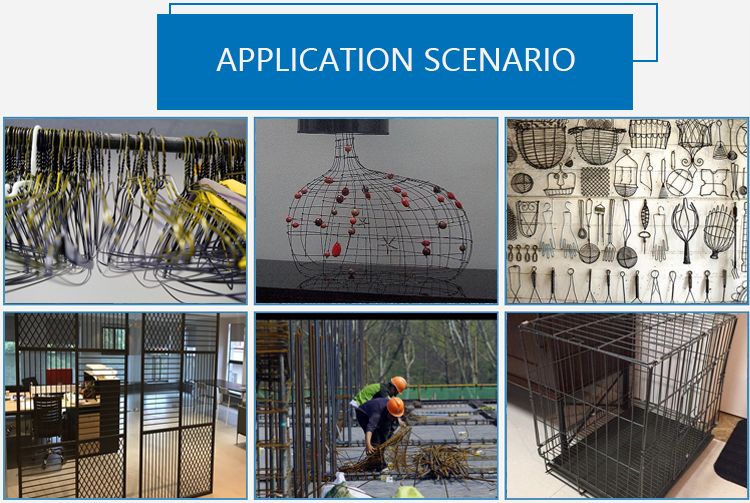
Related Product
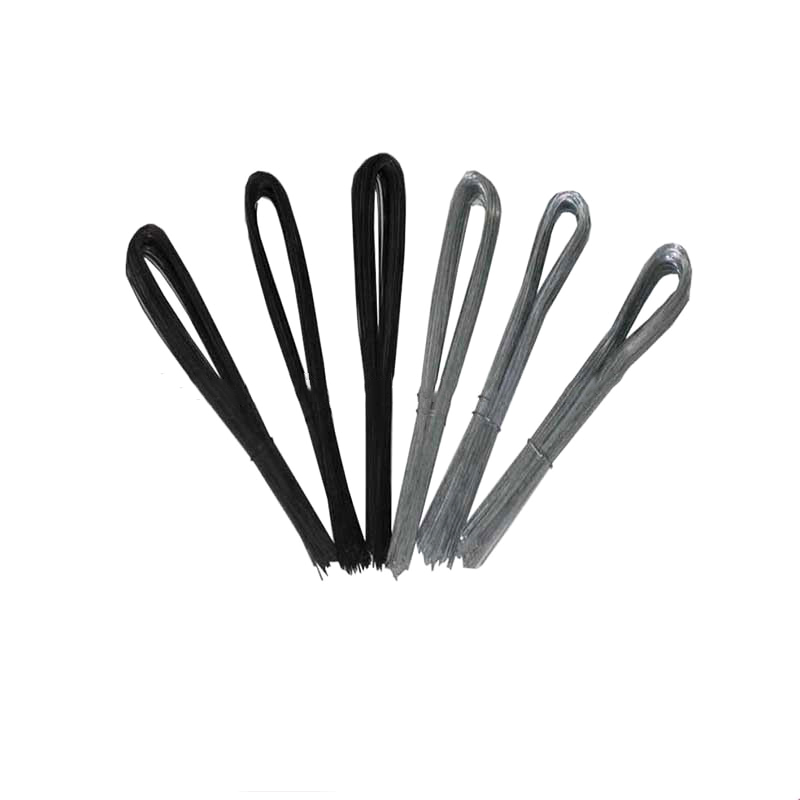
U Type Wire
Product information: Product Name Scaffolding Packing Galvanized Tie Wire Cuttings U Type Binding Wire Material Electro galvanized,hot dipped galvanized,black annealed,PVC coated W […]

Twister Tool
Handle Twister tool,plastic handle: Weight: 0.4kg Color: Black, blue,yellow ,red etc Material: Carbon Steel Plastic Handle Wire Tie / Tying Hook Tool Twister Wooden Handle […]
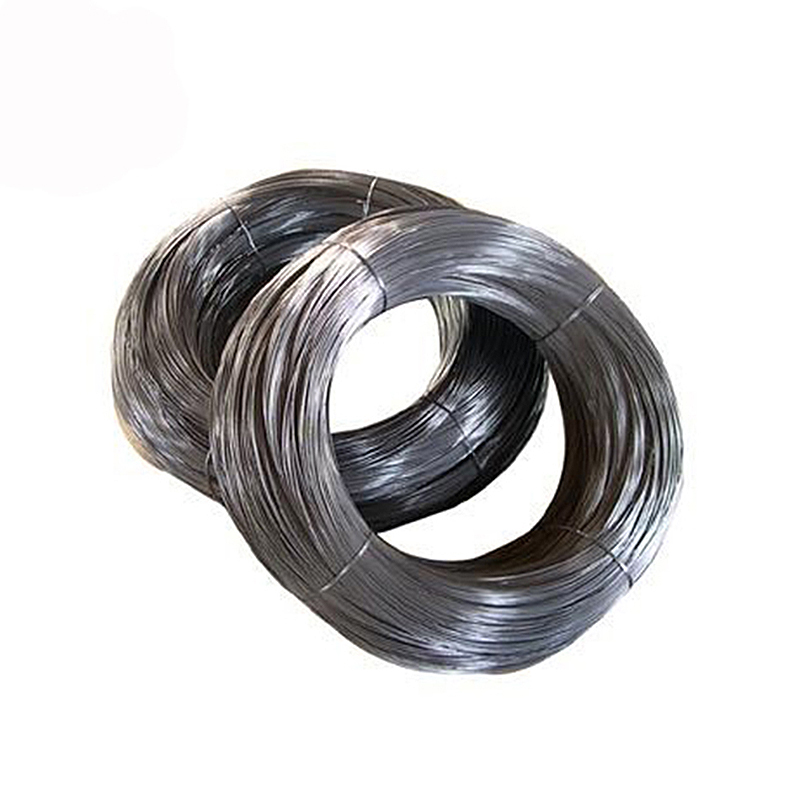
Galvanized Wire
Product information: Product Name Galvanized Wire Package 5kgs/roll, pp film inside and hassian cloth outside or pp woven bag outside 25kgs/roll, pp film inside and hassian […]
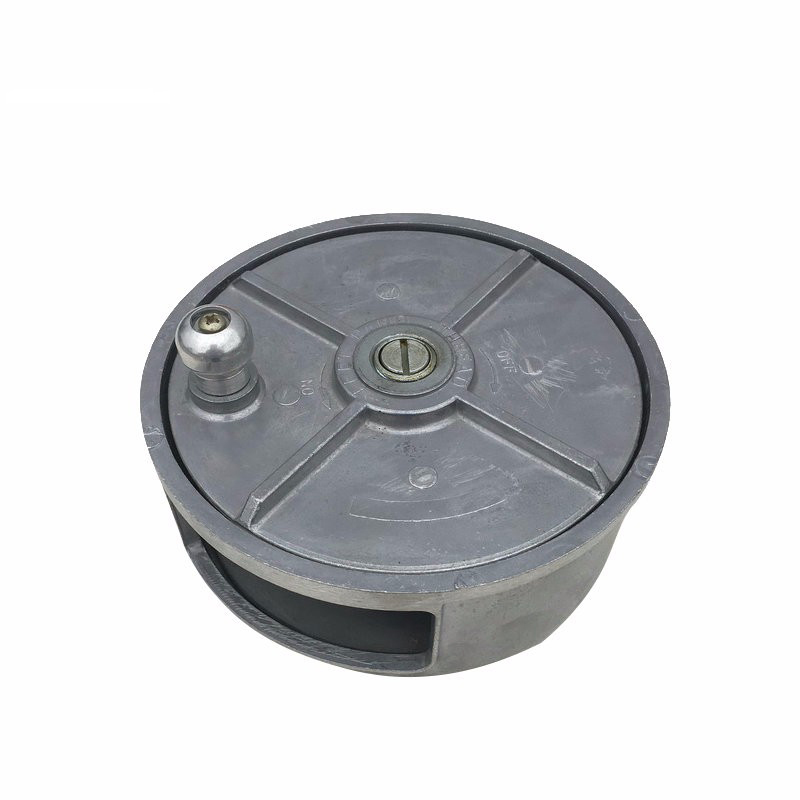
Reel Wire Tool
Product information: Specification of Aluminum Tie Wire Reel Material Plastic & Aluminum Weight 1.95LBS Application Binding Wire MOQ 1000pcs Sample Free Package 5PCS/CARTON &nb […]
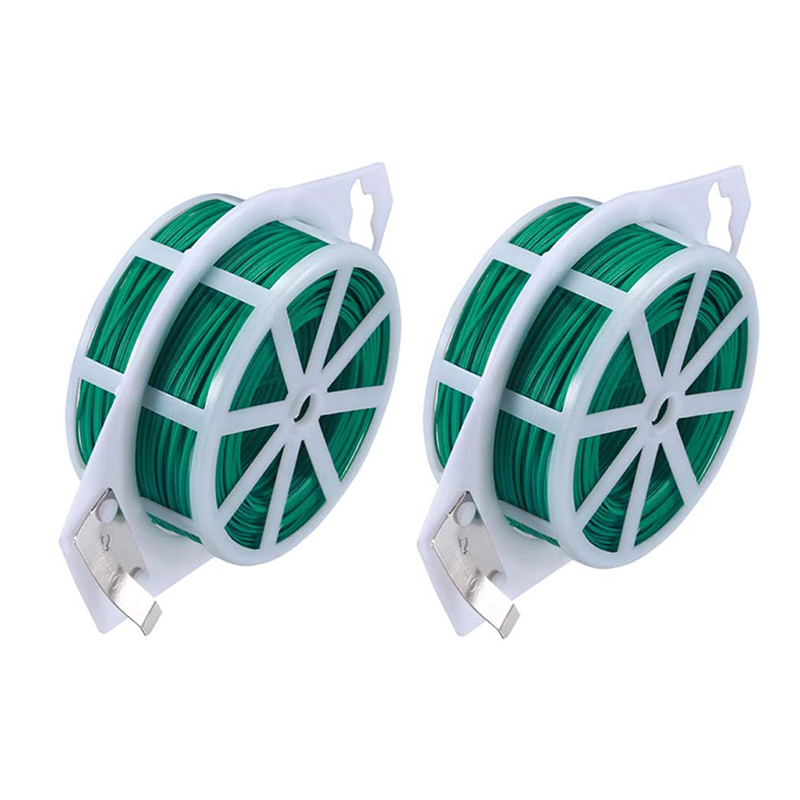
Garden Wire
Product information: The garden shingling is made of pvc plastic and high-quality galvanized iron wire, which is 3 to 4 times faster than any material, and the buckle is loose, the […]
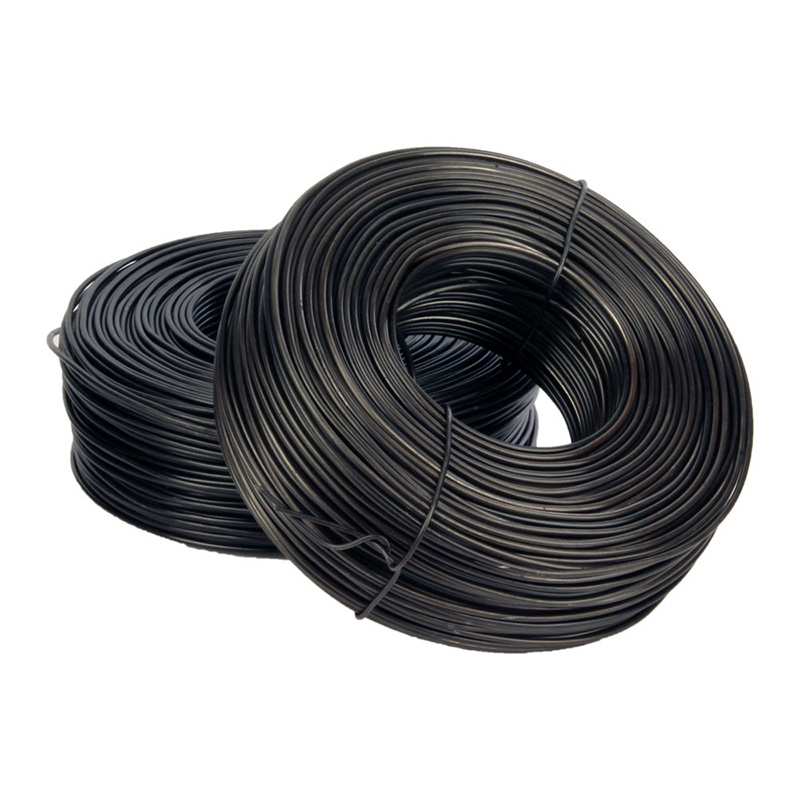
Tie Wire
Production Process of rebar tie wire : Steel rod coil — Wire Drawing — Wire Annealing–Rust Removing–Acid Washing– Boiling– Drying– Zinc Feeding– Wire Coiling. Wires Type 1.Galvaniz […]
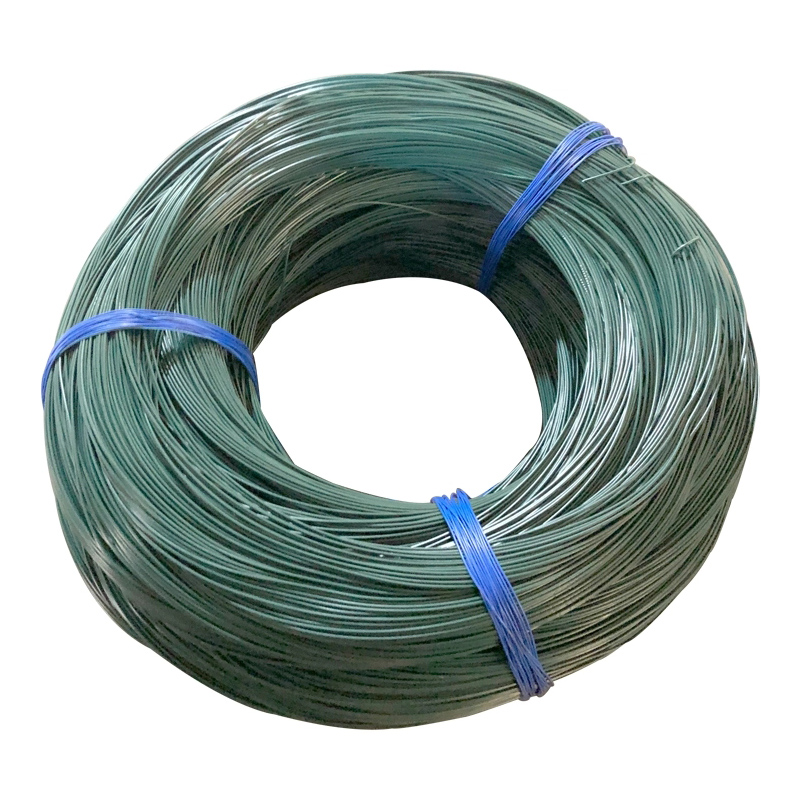
PVC Coated Wire
PVC coated wire, also called plastic coated wire, after high temperature dissolution cooled solid PVC particles uniformly wrapped in high-quality black iron wire and galvanized wi […]
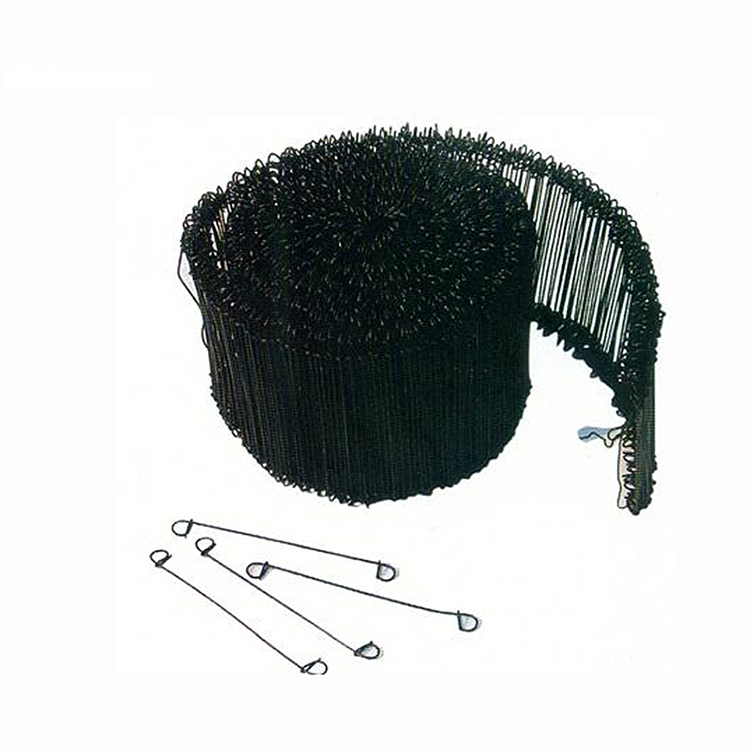
Double Loop Tie Wire
Double loop tie wire material Product Information: Wire diam. 0.5mm—2.0mm Finishes Black Annealed. Galvanized Annealed, Coppered, PVC coated, Stainless steel Wire gauge BWG6 […]

Black Annealed Wire
Product Description: Product name Black Annealed Wire MOQ: No Material Q195,Q235 Delivery time: 20days after payment Surface annealed or as your request Payment terms: T/T,L/C We […]
Post time: 2022-11-10
